Plumbing is one of those things that we don’t really think about—until, of course, we’re faced with a clog, a leak, or no hot water. And more often than not, we’re the cause of our own plumbing woes. That’s right – many seemingly innocent habits wreak havoc on pipes, drains, and fixtures.
Are you putting your plumbing at risk? Stop doing these 10 things and save yourself the cost and frustration of plumbing mishaps and emergency repairs.
Using liquid drain cleaners. Not only are traditional drain cleaners marginally effective, they contain harmful chemicals that can damage plumbing pipes, not to mention cause harmful reactions they cause when they come into contact with your skin. Instead, try enzymatic cleaners that are gentler on pipes and better for the environment.
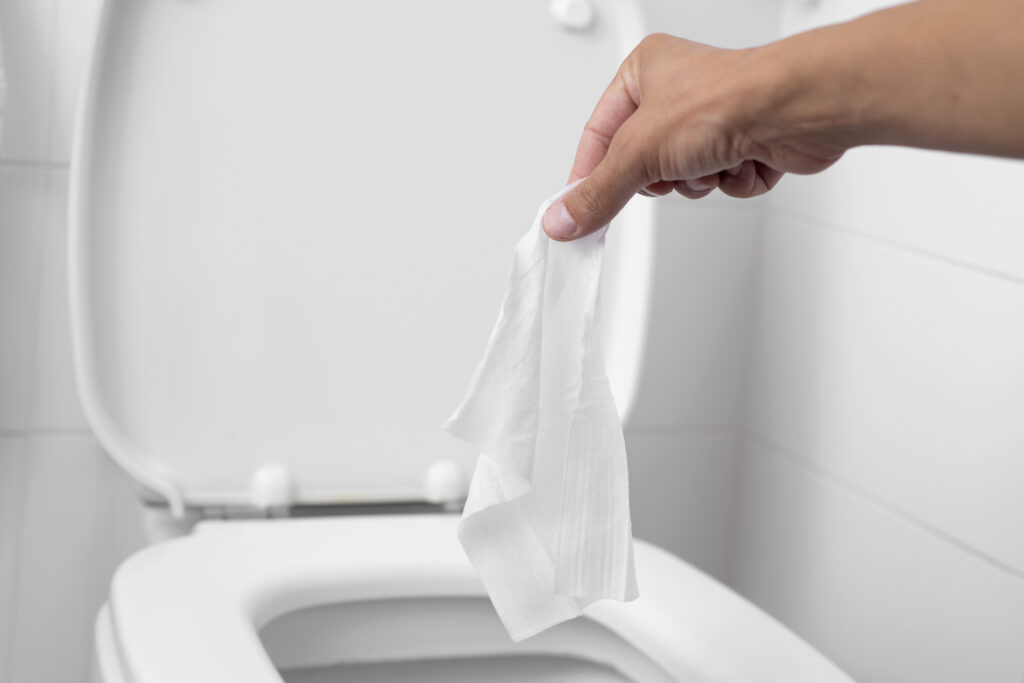
Flushing objects down the toilet. Don’t treat your toilet like a trash pail. Feminine hygiene products, cotton swabs, paper towels, and so-called “flushable” wipes don’t belong in the toilet if you want to avoid clogs.
Using drop-in toilet cleaners. These may seem like a mess-free way to clean the toilet, but when the chlorine in the tablet dissolves, it can corrode washers and gaskets. Just stick to good old-fashioned elbow grease and a toilet brush.
Pouring F.O.G. down the drain. Fats, oil, and grease (or F.O.G.) harden as they cool, coating the insides of plumbing pipes, eventually leading to a nasty sink clog. Instead, make a small bowl with a sheet of aluminum foil, pour the grease into it, wrap it up, and toss it in the trash.
Putting starchy or fibrous food down the garbage disposal. Corn cobs, husks, and potato peels are just a couple of the items that can create a tough-to-clear clog. Toss these items in the compost pile or in the trash.
Ignoring washing machine and dishwasher hoses. The average lifespan of a dishwasher or washing machine hose is 5 years. The problem is you may not know they need to be replaced until they burst, sending a flood of water into your home.
Not insulating exposed plumbing pipes. The best way to prevent your plumbing pipes in uninsulated areas of the home from freezing and bursting when the temps plummet is to insulate them. You can use foam insulation or for an added measure of protection, heat tape.
Leaving hoses connected year-round. Once you bid the warm weather months farewell, turn off the water to all exterior faucets and disconnect, drain, and store hoses. Consider placing insulation caps on outdoor spigots to prevent freezing.
Relying on your aging water heater. A traditional tank-style water heater has a lifespan of around 10 years, while a tankless unit can last up to 20 years. While you may get a few years beyond that, you’re risking increased operating costs, more frequent repairs, reduced efficiency, and possible failure. Knocking or banging sounds, an un explained drop in water temperature, and leaks near the tank are just some signs that your water heater is in need of attention and possible replacement.
Taking the DIY route. Sure, you may be able to clear a clog, install a new faucet, and more, but tackling plumbing projects beyond your ability can do much more harm than good. For plumbing woes big or small, trust the experts at Norhio Plumbing. From plumbing inspection, repairs, and installation, we do it all and to your complete satisfaction.

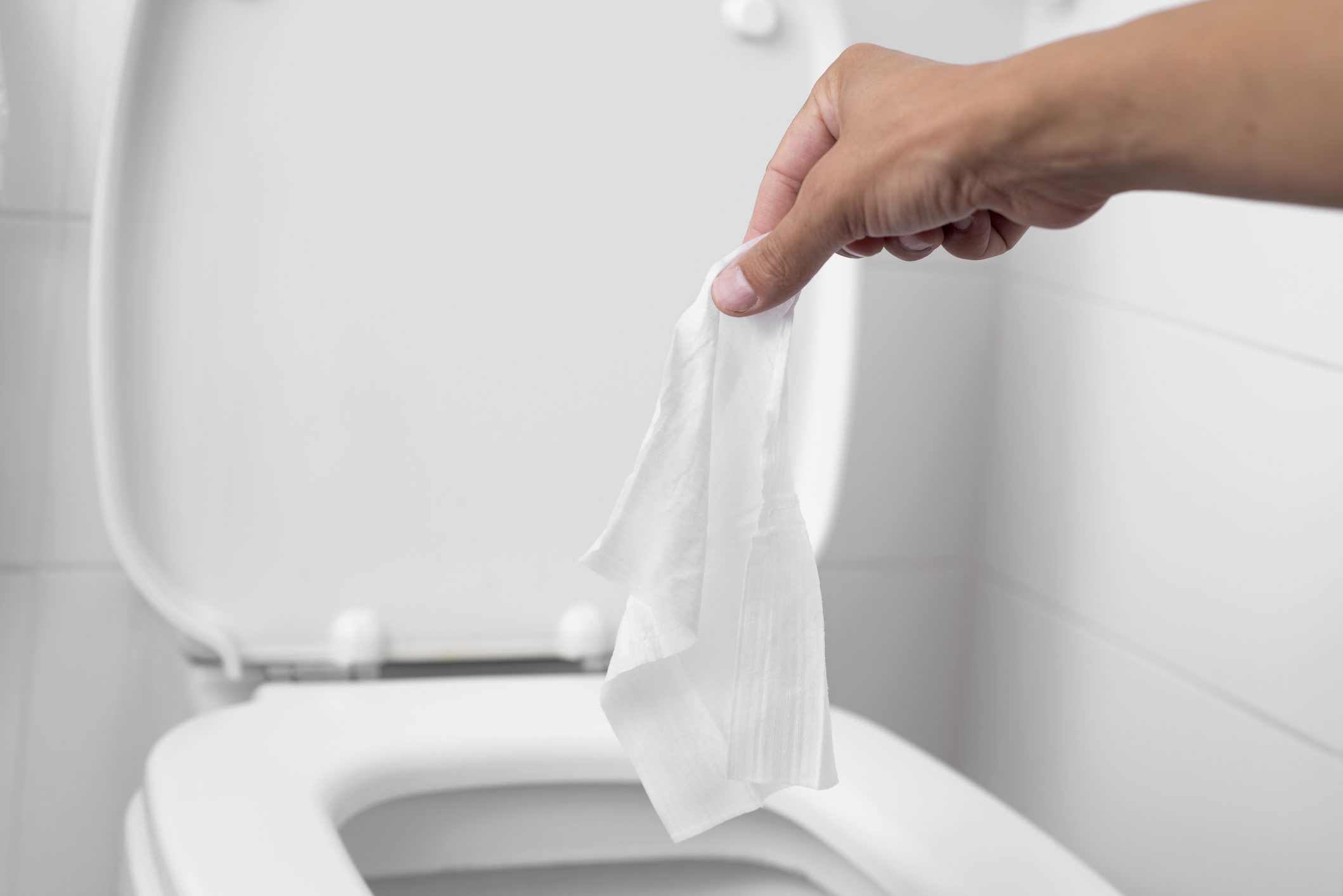

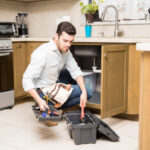

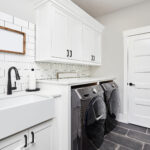
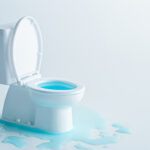
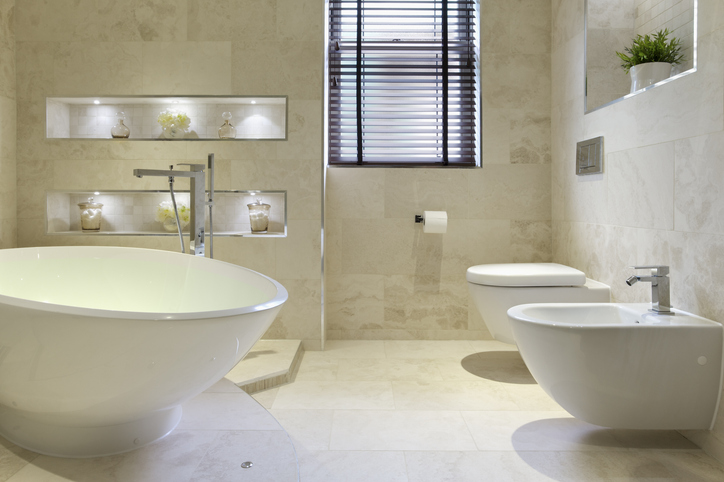
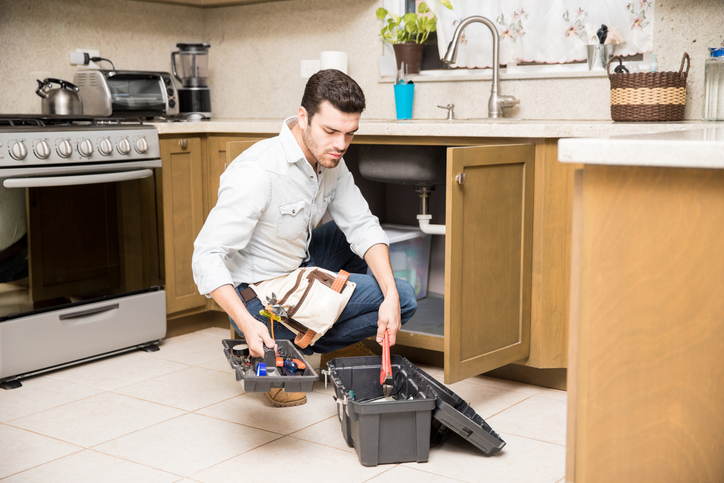

Leave a Reply